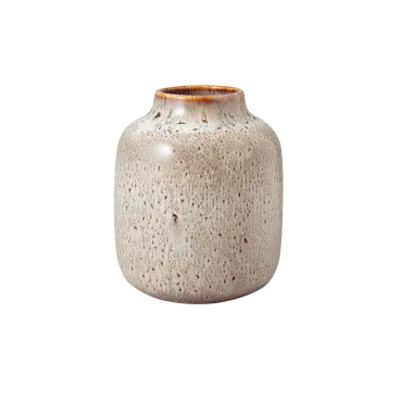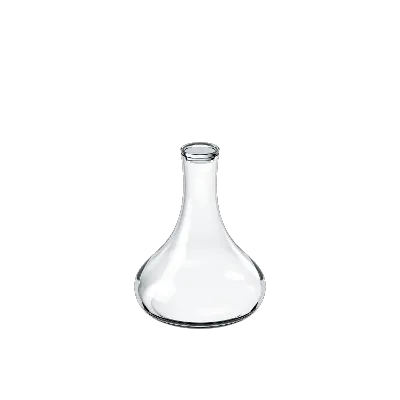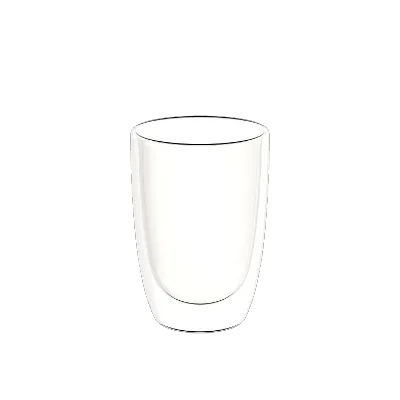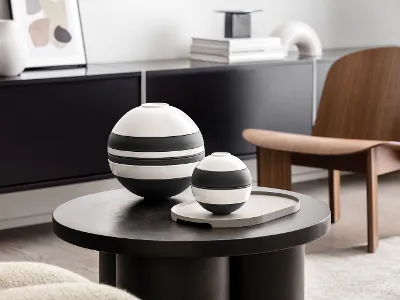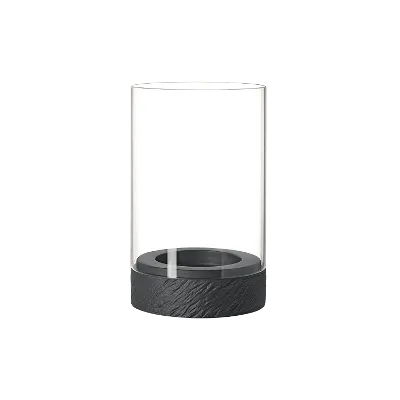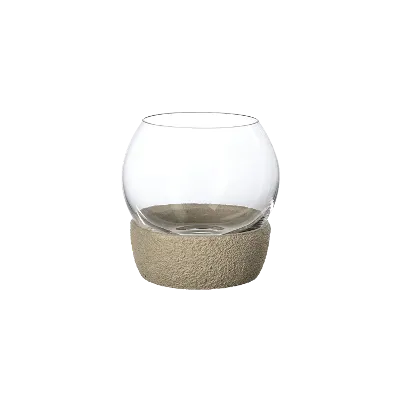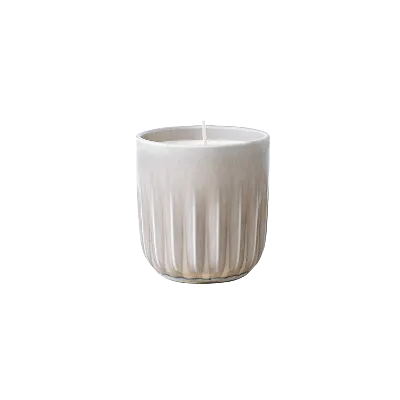Order cut off dates for Christmas Deliveries:
15 Dec for WA, SA & NT | 18 Dec for all other states

Remove Mold in the Bathroom
Mould in the bathroom is not just a cosmetic problem: if it’s not removed immediately, the infestation can spread to other rooms in the home. The risk to health should not be underestimated: mould can cause respiratory problems and allergies, especially for people with weak immune systems.
Fortunately, you can get rid of mould in the bathroom – in many cases using simple household remedies.
How to remove mould in the bathroom
If you need to get rid of mould in the bathroom, plan the process carefully and take the appropriate precautions. A fresh layer of paint on affected areas can provide a short-term cosmetic solution. However, mould can continue to spread unchecked behind the paint. It’s therefore important to get rid of the mould correctly.
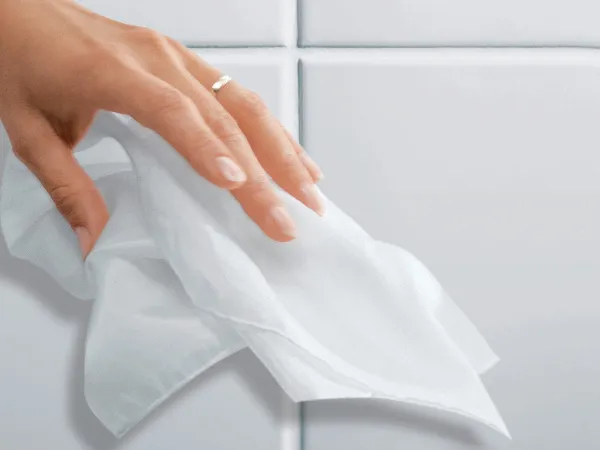
Tips for gentle mould removal
If you spot mould in the bathroom early enough, you can treat it using gentle household products. Provided the mould infestation is minor, it can be removed relatively easily.
An infestation is minor if it only affects areas on the walls or tiles measuring 30-40 square centimetres, and if the mould has not yet permeated the silicone sealant. But there is no time to lose, as the spores could spread further.
Also note: in rental properties, the landlord must be notified of any mould infestation. Talk to your landlord to determine whether the bathroom’s ventilation solution is fit for purpose or needs to be improved, for example, by installing a more complete ventilation system.
Household remedies for light mould infestation
Alcohol
Methylated spirit or rubbing alcohol with a volume of at least 70 per cent is very effective in removing smaller traces of mould. You can buy these products in a pharmacy or supermarket.
Vinegar
If the mould is only present on smooth surfaces, you can use vinegar essence. However, vinegar will not remove fungal spores and should therefore be only used for very small, superficial mould infestations.
Natron/baking powder
Natron is a real all-purpose weapon in the home. It can be found in most kitchen cupboards in the form of baking powder and can be purchased in supermarkets and pharmacies. To treat mould in the bathroom, mix some baking powder with water to form a paste.Use an old toothbrush to apply the paste and rub it in. Caution: natron can scratch sensitive surfaces such as marble. It is a good idea to carry out a test on a less visible area first.
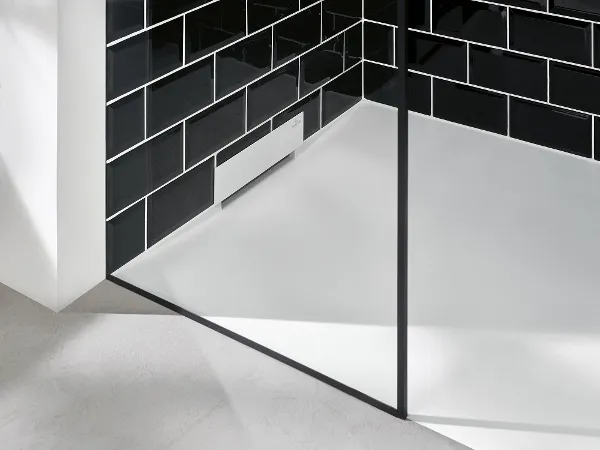
Removing mould using household remedies
Follow these steps:
- Protective equipment:
To protect yourself from fungal spores and fumes from the cleaning agent, wear gloves, a breathing mask and safety glasses.
- Ventilation:
Open the window before you start getting rid of mould in the bathroom to ensure the space is well ventilated.
- Remove mould:
Pour some alcohol or vinegar onto a cleaning cloth and wipe it over the mould stains until they disappear. In the case of stubborn mould, you can leave the product to work for a little while. Then wipe the surface with clean water and dry it thoroughly.
- Check the bathroom:
Check the bathroom for any other signs of mould. Textiles such as towels, bath mats, decorative items or furniture will need to be disposed of if they show any traces of mould.
How can you tackle an advanced mould infestation?
You can often treat small traces of mould on tiles yourself. But how can you remove black mould on silicone seals?
It is best to entrust this work to a professional. If mould is already visible on the silicone seals, this indicates a more advanced mould infestation. By this stage, the mould is no longer a superficial problem. It has permeated the silicone and can no longer be removed simply by cleaning.
The silicone sealant will need to be fully renovated to bring an end to the fungal infestation. The existing silicone seals will need to be removed and, in extreme cases, the tiles will also need to be replaced.
Important
This work is best entrusted to professionals. If it is not carried out correctly, fungal spores could spread all over the bathroom or elsewhere in your home. To avoid such a scenario, it is important to remove any mould infestation from the bathroom as swiftly as possible.
Overview of the types of mould
Basically, mould spores are part of life. In most cases, we don’t even notice them. Out of over 250,000 different strains, very few are harmful to our health. Penicillin, for example, is derived from mould fungus, while other strains are used in cheese-making. However, the bathroom can harbour harmful fungal species.
Generally speaking, whatever type of mould you find in the bathroom, it’s essential to remove it quickly.
Preventing mould in the bathroom: a few helpful tips!
If you follow these rules carefully, mould won’t stand a chance – and you can enjoy a mould-free bathroom with lovely clean air.
Strong intermittent ventilation
Effective ventilation in the bathroom is the best way to prevent the formation of mould. Regardless of temperature, high humidity provides the ideal conditions for the formation of mould. Open the bathroom window fully several times a day for at least 10 minutes.
Leave the window ajar
Between intermittent ventilation, if possible leave the window ajar to allow damp air to escape.
Electric fan
If you don’t have a window in your bathroom, you can install a ventilator or an electric fan. Always keep bathroom doors closed to prevent moisture from spreading into other rooms in your home.
Air dehumidifiers
As well as airing the room, you can also dehumidify the air to combat mould formation. Electric or chemical air dehumidifiers are one option. However, chemical air dehumidifiers can also have adverse health effects. Use a hygrometer to help you achieve an optimum level of air humidity.
Eliminate moisture
Always keep the bathroom dry where possible. After a bath or shower, wipe away any water marks and use a squeegee to remove water from the bath or shower cabinet. Pay particular attention to corners as this is where moisture tends to accumulate. Wipe damp walls to dry them and change wet towels.
Keep the shower cabinet door open
The accumulation of moist air in the cabinet after showering creates the ideal conditions for mould spores. It’s therefore important to keep the shower cabinet door open to let this moist air escape. Spread the shower curtain out completely after showering to let it dry.
Keep the bathroom door closed
To stop moist air spreading to other rooms in your home and creating the ideal conditions for mould, always keep the bathroom door closed.
Heating
The optimum temperature in a bathroom is between 21 and 23 degrees. Heat your bathroom during the day to make sure it dries faster and mould has less chance of developing.
No wet laundry
Don’t hang laundry up to dry in the bathroom.

All about your personal spa bathroom
Discover modern bathroom ideas – including cleaning tips and exclusive benefits delivered straight to your inbox.
As a welcome gift, you will also receive a 10% discount on your first order of Dining & Lifestyle products.[0]


